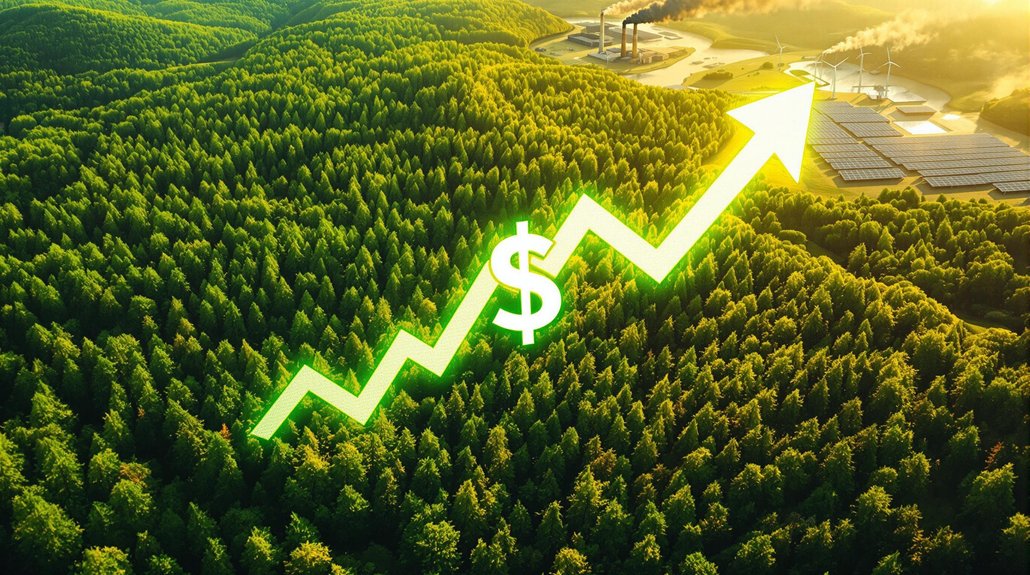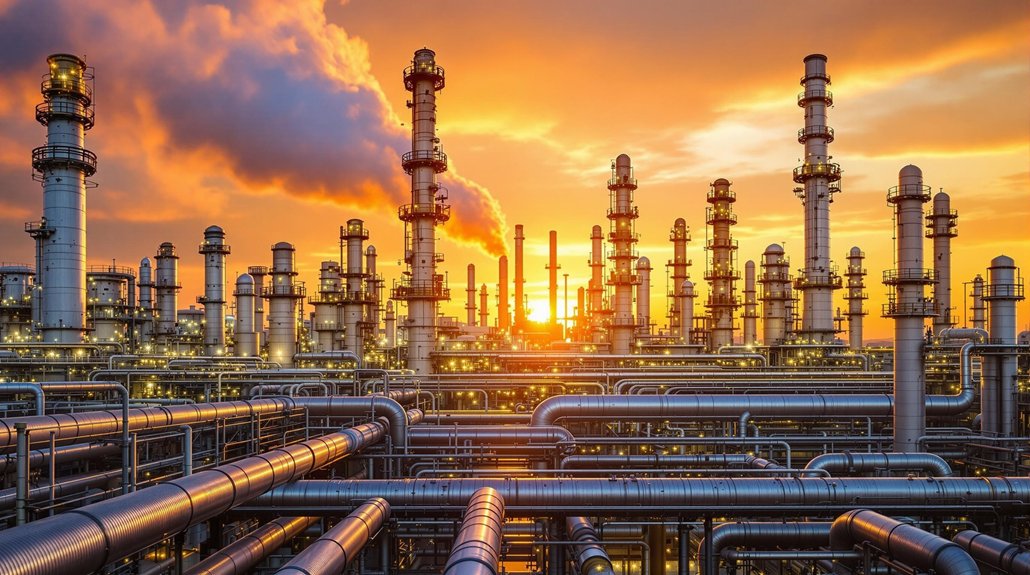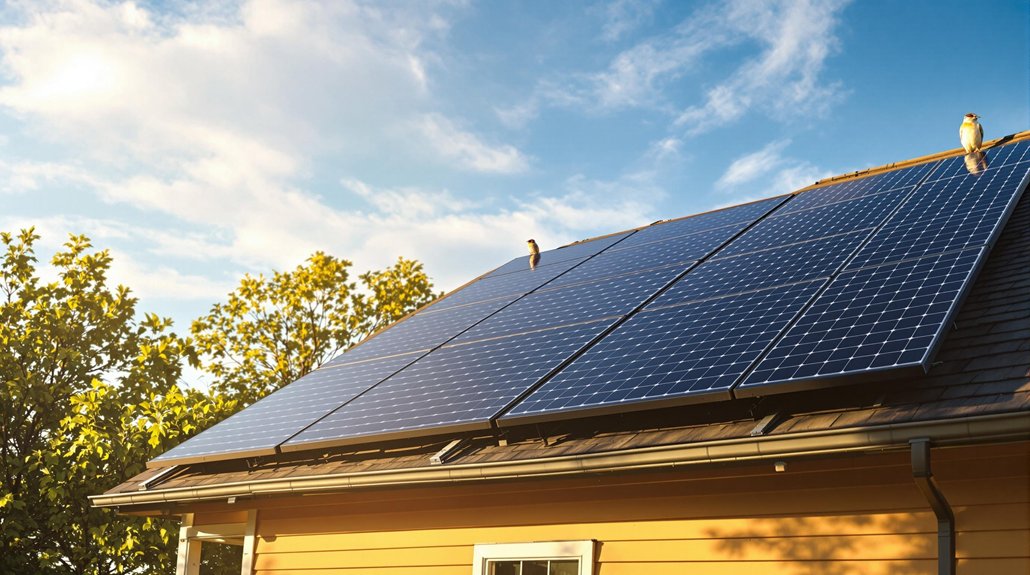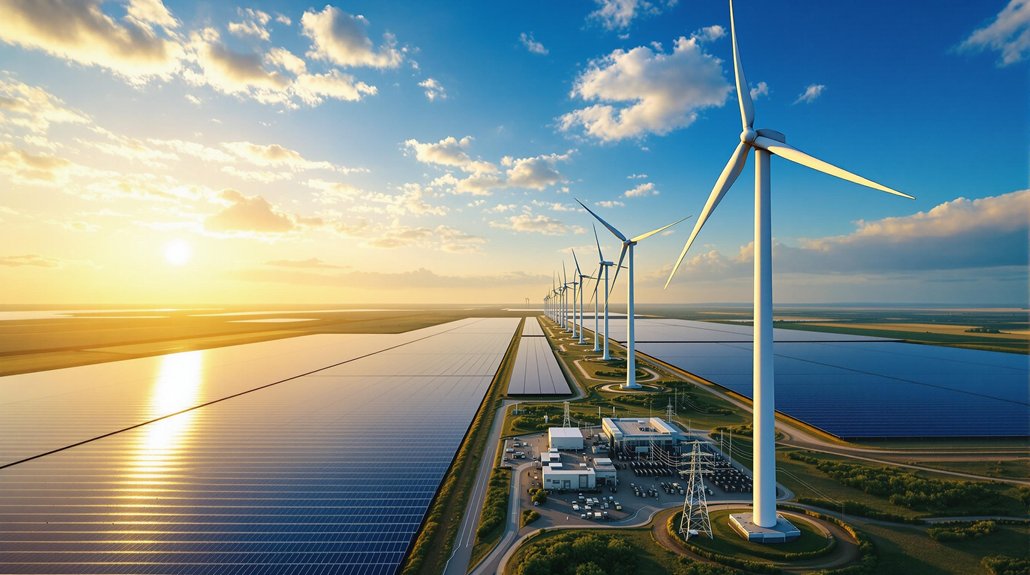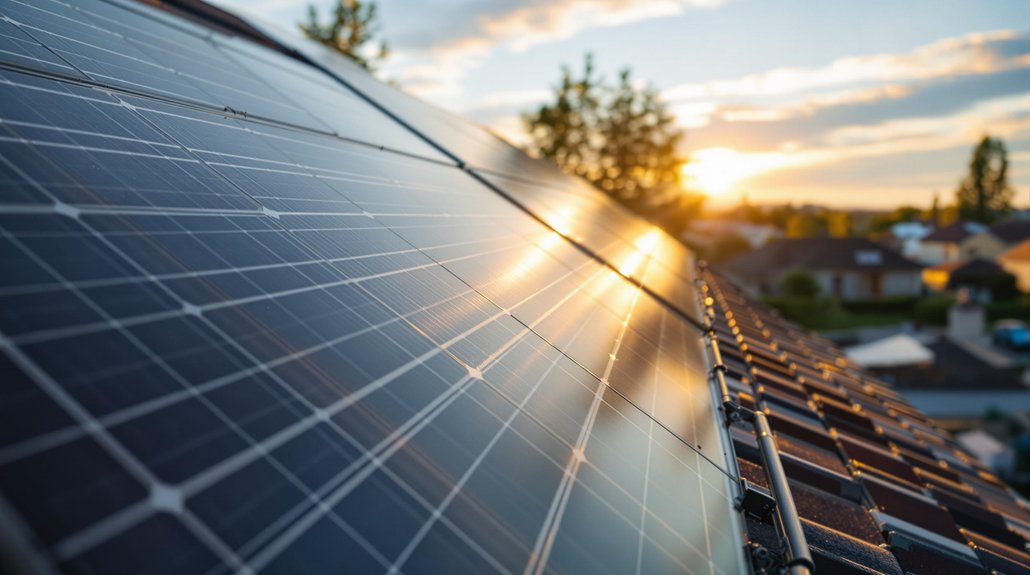Carbon offset prices are rising steadily. The average price of $6.97 per ton in 2023 is expected to reach $25-$30 by 2025. Prices vary widely from $6 to $1,200 depending on project type. The market grew 72.5% between 2021 and 2023, with projections showing a value of $1,602.7 billion by 2025. European providers charge about 30% more than other regions. These trends point to significant market expansion ahead.
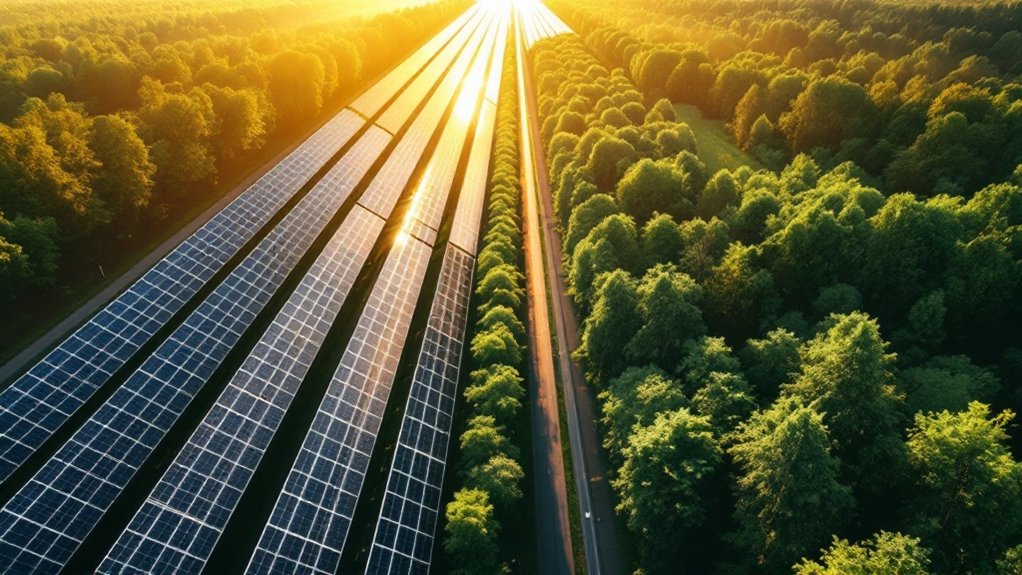
How much does it cost to offset carbon emissions today? In 2023, the average price was $6.97 per metric ton of carbon dioxide, but prices varied widely from $6 to $1,200. This big range exists because different offset types cost different amounts. Renewable energy credits are cheaper, while tech-based removal credits cost much more. Nature-based solutions fall somewhere in the middle.
Carbon offset prices aren’t fixed. They change based on supply and demand, project type, where the project is located, and quality standards. Projects with benefits beyond just carbon reduction often command higher prices. The market has grown considerably, with prices jumping 72.5% from 2021 to 2023.
Carbon prices fluctuate widely based on multiple factors, with high-quality projects commanding premium rates in a rapidly growing market.
Looking ahead, experts predict the average price will reach $25 to $30 per metric ton by 2025. Carbon removal credits will likely cost more than avoidance credits. The overall market is expanding rapidly, with 2023’s value of $414.8 billion expected to reach $1602.7 billion by 2025. Major companies such as Disney, Microsoft, and Google are increasingly becoming significant buyers of carbon credits to align with their sustainability goals. The voluntary carbon market is particularly poised for faster growth due to lack of regulatory constraints compared to compliance markets. The market could grow to between $7 billion and $35 billion by 2030. Current oversupply issues in voluntary markets are expected to keep prices at low levels through 2025.
Prices vary by region too. European providers charge about 30% more than other regions. Projects in developing nations cost about 20% more. California’s carbon price is forecast at $42 per ton in 2024, while the EU price is expected to be €71 per ton, down from €85 in 2023.
Different industries face different price pressures. The aviation sector’s demand is increasing due to international requirements. Maritime and industrial sectors are seeing changing demand patterns too. Renewable energy offsets are getting cheaper as that market matures, while tech-based removal remains expensive.
Future prices will be shaped by several factors: implementation of the Paris Agreement’s Article 6, expansion of compliance markets, increasing corporate net-zero pledges, technology advances, and changing regulations. As quality standards improve, prices for high-quality offsets will likely continue to rise.
Frequently Asked Questions
How Do Carbon Offset Projects Get Verified?
Carbon offset projects get verified through a multi-step process.
Independent third-party auditors examine project documentation, check baseline calculations, and verify emission reductions. They conduct desk reviews and on-site inspections to guarantee projects meet standards for additionality, permanence, and leakage.
Organizations like Verra,
Can Individuals Invest in Carbon Offset Markets?
Individuals can invest in carbon offset markets through several avenues. They can purchase carbon credits via brokers or exchanges, invest in ETFs like KraneShares Global Carbon ETF (KRBN), or buy shares in companies developing carbon removal technologies.
Some people choose to participate through voluntary carbon markets or crowdfunding platforms. Forest land acquisition and reforestation projects are also options.
Each investment carries risks, including price volatility and varying verification standards.
What Role Does Technology Play in Carbon Offset Pricing?
Technology considerably impacts carbon offset pricing through several channels.
Blockchain reduces fraud, increasing market confidence. AI improves measurement accuracy and verification reliability. Digital MRV systems cut costs by automating validation processes.
Carbon capture technologies like Direct Air Capture are becoming cheaper, expected to reach $88 per tonne by 2050.
These technological advances are making carbon offsets more trustworthy, efficient to produce, and ultimately more affordable.
How Do Regulatory Changes Impact Offset Market Stability?
Regulatory changes create both challenges and opportunities for offset market stability.
When rules tighten, like the EU reducing free allowances, prices often rise. This can cause short-term volatility but may improve long-term market health.
Cross-border policies like the EU’s carbon border tax affect global markets. Clear, consistent regulations help markets function smoothly, while sudden policy shifts can trigger price swings that make planning difficult for businesses.
Which Industries Are the Biggest Buyers of Carbon Offsets?
Energy and oil/gas companies are the largest buyers of carbon offsets by volume.
Financial services firms are rapidly increasing their purchases. Other major buyers include technology companies, manufacturing firms, and airlines.
Shell purchased 16 million tons of offsets in 2023, while Microsoft aims to be carbon negative by 2030.
JPMorgan Chase committed $1 billion to carbon removal credits by 2025.
